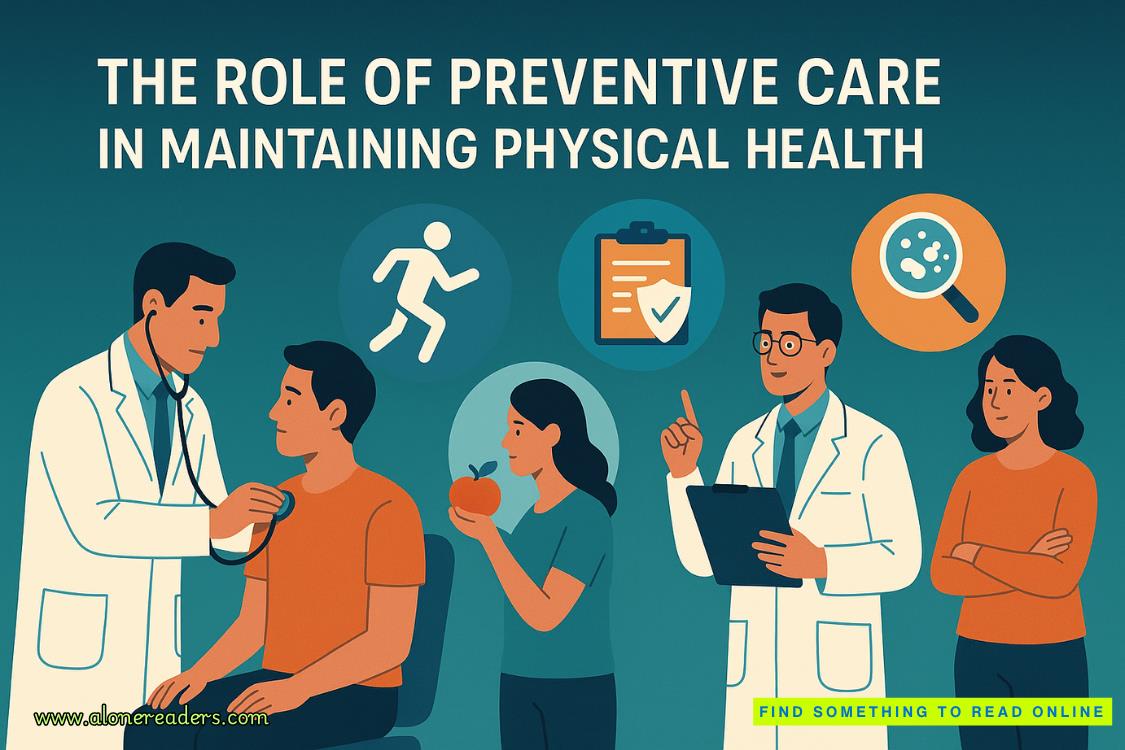Payne sighed as he heard the Original Tuxedo Jazz Band’s crisp but mournful brass horns begin filling the car with “Someday You’ll Be Sorry.”
He formed a ball with his right fist, leaving the middle finger extended and pointed at the multifunction screen.
“Are you testing me, Marshal?”
V
[ ONE ]
Police Administration Building
Eighth and Race Streets
Philadelphia
Friday, January 6, 1:21 P.M.
This place is looking worse every day, Payne thought, glancing upward as he approached the aged police headquarters, its coarse concrete exterior stained with dark streaks from a half century of pollution.
The complex had two circular buildings, each four stories high. They were sheathed in cast concrete and connected in such a manner that some said the complex resembled a giant pair of handcuffs. The interior walls of the buildings, mirroring the exterior, also were curved, thus causing police headquarters to be known colloquially as the Roundhouse.
There had been some talk for years of replacing the Roundhouse with a larger facility, and now that idea finally was getting traction. Plans were in place to renovate the eighty-seven-year-old Provident Mutual Life Insurance Company Building in West Philly, which had been vacant and shuttered for two decades. The enormous structure would become home to all Roundhouse occupants, as well as consolidate certain other offices that, for space reasons, either had been forced out of the Roundhouse or that there never had been room for in the first place.
Further talk, mostly from city council members jockeying to get their names and, they hoped, their faces on the nightly news, said that it was going to happen—and soon.
What the city council members conveniently failed to mention was that the only thing the slowly-skidding-toward-bankruptcy city needed was the money to do so. Among its many other financial failings, Philadelphia was short nearly six billion dollars for funding just its pension obligations.
Payne, after displaying his identification to the overweight blue shirt manning the secure door, waited to get buzzed through. The officer punched the button for the solenoid release. There was a long pause before Payne heard the buzzing. He tried the door, found it still locked, shook it. Still nothing.
The blue shirt let out an audible sigh, then made more noise as he squeezed out of the chair. He ambled over to the door and manually opened it.
Payne, after passing inside, debated taking the elevator up or the stairs. He finally decided his wound dictated his use of the former.
He got on the elevator and pushed the panel button for the third floor. When the doors chugged, struggling to close, he immediately regretted his decision. Next came strange grinding, metallic sounds as the elevator ascended in a manner that he thought could be described as anything but smooth.
He thought, What a dump.
—
Getting off at the third floor, Payne turned and followed the curved corridor. It had windows looking out over the front entrance of the building and, diagonally opposite across Race Street, Franklin Park. The curved interior wall of the corridor was lined with steel filing cabinets that no longer fit inside the offices.
Twenty feet or so later, Payne came to the Executive Command Center. Its door—and every state-of-the-art item behind it—stood in stark contrast to the aged building itself.
The ECC was the electronic nerve center of the Philadelphia Police Department headquarters. It was situated between the offices of the police commissioner and the deputy police commissioner in an area that had once been another office and a large conference room, the wall between them removed to form a larger space.
It had come into being thanks not to foresight from the elected officials in City Hall but, rather, from federal dollars having flooded in after Philly had been picked to host the Democratic National Convention.
Fears of a possible terrorist attack had been very real, and with politicians coming from across the nation, those voting on Capitol Hill in Washington, D.C., had not hesitated sending taxpayer monies to purchase the best technology that Philadelphia could acquire.
The Executive Command Center—what law enforcement members commonly referred to as a Fusion Center—aided in the collection, assimilation, and analysis of information from multiple agencies. The center had two enormous T-shaped, gray formica–topped conference tables in the middle of the room’s charcoal-colored industrial carpet, each of which could seat twenty-six officers and staff. On the tables, beside a small forest of black stalk microphones and multiline telephone consoles, were outlets and ports to accommodate at least that many notebook computers and other devices. Gray leather office chairs on casters ringed the table. Additional seating was provided by forty armless leather chairs along two walls that formed a sort of continuous bank.
Mounted on the ten-foot-tall walls opposite the conference tables were three banks of sixty-inch flat-screen, high-definition LCD monitors. Each bank had nine monitors, frameless and mounted edge to edge, which either could create a single enormous image or be divided to display up to eighteen different images. These images generally were live video feeds from a wide range of secure sources, such as cameras in the SEPTA mass-transit system, as well as the broadcasts of local and cable news shows. A half dozen of the monitors were dedicated to the cycling feeds from the cameras of the Pennsylvania Department of Transportation, somewhat grainy black-and-white shots of traffic on major arteries and bridges and on heavily traveled secondary streets. If any of the Aviation Unit’s assets—older Bell 206 L-4s and a new pair of Airbus A-Star helicopters acquired in the last year with federal funds—were airborne, the DOT images would rotate with the thermal and standard color videos sent from the aircraft.
The flat-screens also served as enormous computer monitors, broadcasting on a large scale anything that appeared on the computers plugged into the network ports on the conference tables. Some of these included the constant monitoring of calls coming into the 911 center so that when a unit was dispatched, a tech could check camera feeds in the area—and, if available, a helicopter’s eye in the sky—and relay critical real-time information on the scene to the responding officers.
That the ECC pulled together a wide array of disparate data on people, places, and events, then connected dots and disseminated the findings in a highly efficient manner, was without question an impressive achievement.
But the fact that the ECC also furthered a political component, interagency cooperation, was equally impressive. While turf battles between local and federal officials were nothing new—and had the tendency to render the term interagency cooperation an oxymoron—the ECC helped alleviate that by linking its secure communications networks with those of state and federal law enforcement agencies, including the Federal Bureau of Investigation, the United States Secret Service, and all the alphabet agencies under the U.S. Department of Homeland Security.















